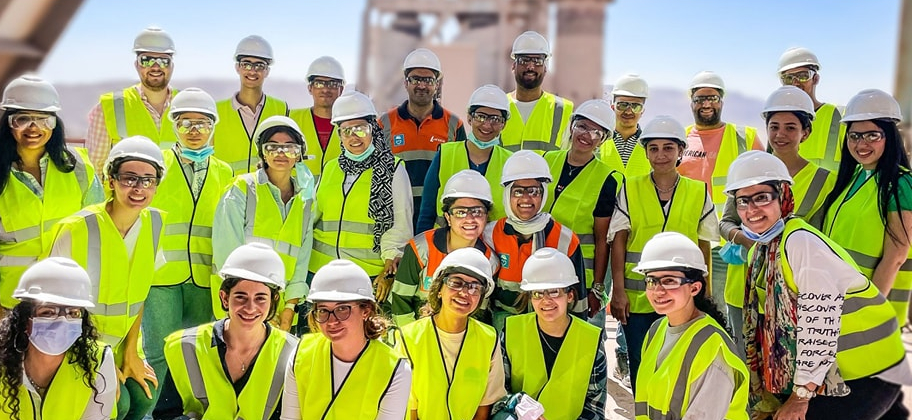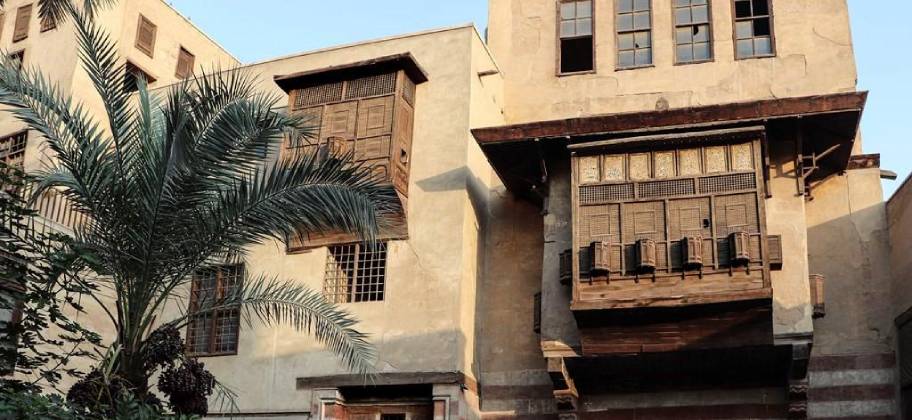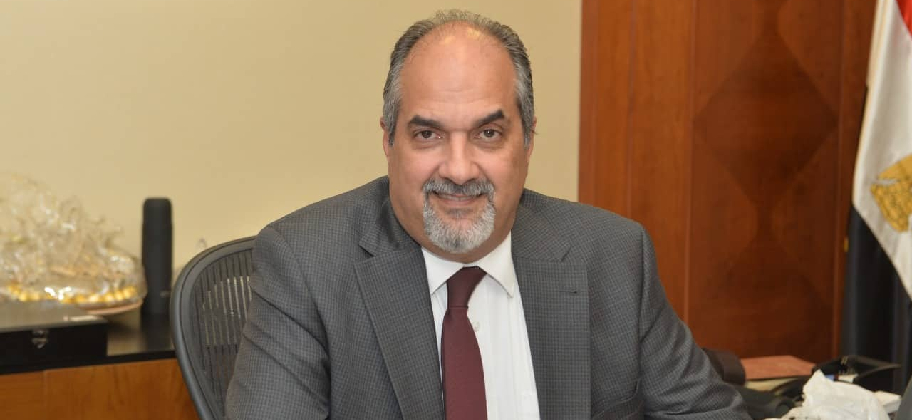Lafarge Egypt, a prominent player in the cement manufacturing sector, has set forth an ambitious initiative aimed at significantly reducing its carbon emissions by an impressive 50% before the year 2030. This forward-looking commitment underscores the company’s dedication to environmental sustainability. In a multifaceted approach, Lafarge Egypt is actively implementing various strategies to achieve this substantial reduction in carbon emissions. One of their key strategies involves a substantial increase in the utilization of alternative fuels, a move that has already showcased promising results. By transitioning from fossil fuels to these sustainable alternatives, the company has managed to cut down carbon dioxide emissions by a staggering 150,000 tonnes annually.
Moreover, Lafarge Egypt is focusing on reducing the clinker factor in its cement production, effectively replacing it with environmentally friendly raw materials. This innovative approach has resulted in an annual reduction of 200,000 tons of carbon emissions. The company is also diversifying its product offerings to include eco-friendly cement options like ECOPact green, which boasts a carbon footprint 30-40% lower than that of regular concrete. Additionally, Lafarge Egypt has introduced the groundbreaking “Shatbna” environmentally friendly cement, reducing carbon emissions by a remarkable 40% in comparison to ordinary cement. Their product line also features Pozzolana cement varieties and sulfate-resistant Pozzolana cement, both contributing to a significant 15-20% reduction in carbon emissions. These eco-conscious products have found application in various key projects across Egypt, making a substantial impact on the nation’s overall carbon footprint.
Despite these commendable efforts, Lafarge Egypt faces several challenges in their pursuit of sustainability. The lack of green cement product accreditations in the Egyptian building codes poses a hurdle. Additionally, the certification process for these environmentally friendly products is notably lengthier compared to conventional cement, delaying the implementation of their green initiatives. Moreover, the absence of ample support, such as the carbon market application adopted in many parts of the world, hampers the progress of green cement manufacturers like Lafarge Egypt.
Yet, the company remains undeterred, emphasizing its commitment to contributing to the global Net Zero goal. Lafarge Egypt is pioneering the integration of solar energy into their operations, illuminating their quarries in Ain Sokhna during nighttime. This strategic use of renewable energy not only underscores their dedication to sustainability but also showcases their innovative spirit in embracing cleaner energy alternatives.
Lafarge Egypt’s bold and comprehensive approach in reducing carbon emissions is not only transforming their own operations but also setting a powerful example for the entire industry. As one of the Middle East and Africa’s largest cement manufacturers, Lafarge Egypt’s proactive efforts are poised to create a ripple effect, inspiring other companies and industries to embrace eco-friendly practices, ultimately steering the region towards a more sustainable future. (Source: zawya.com)




